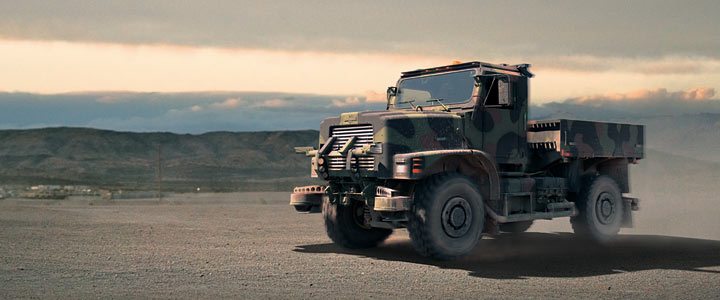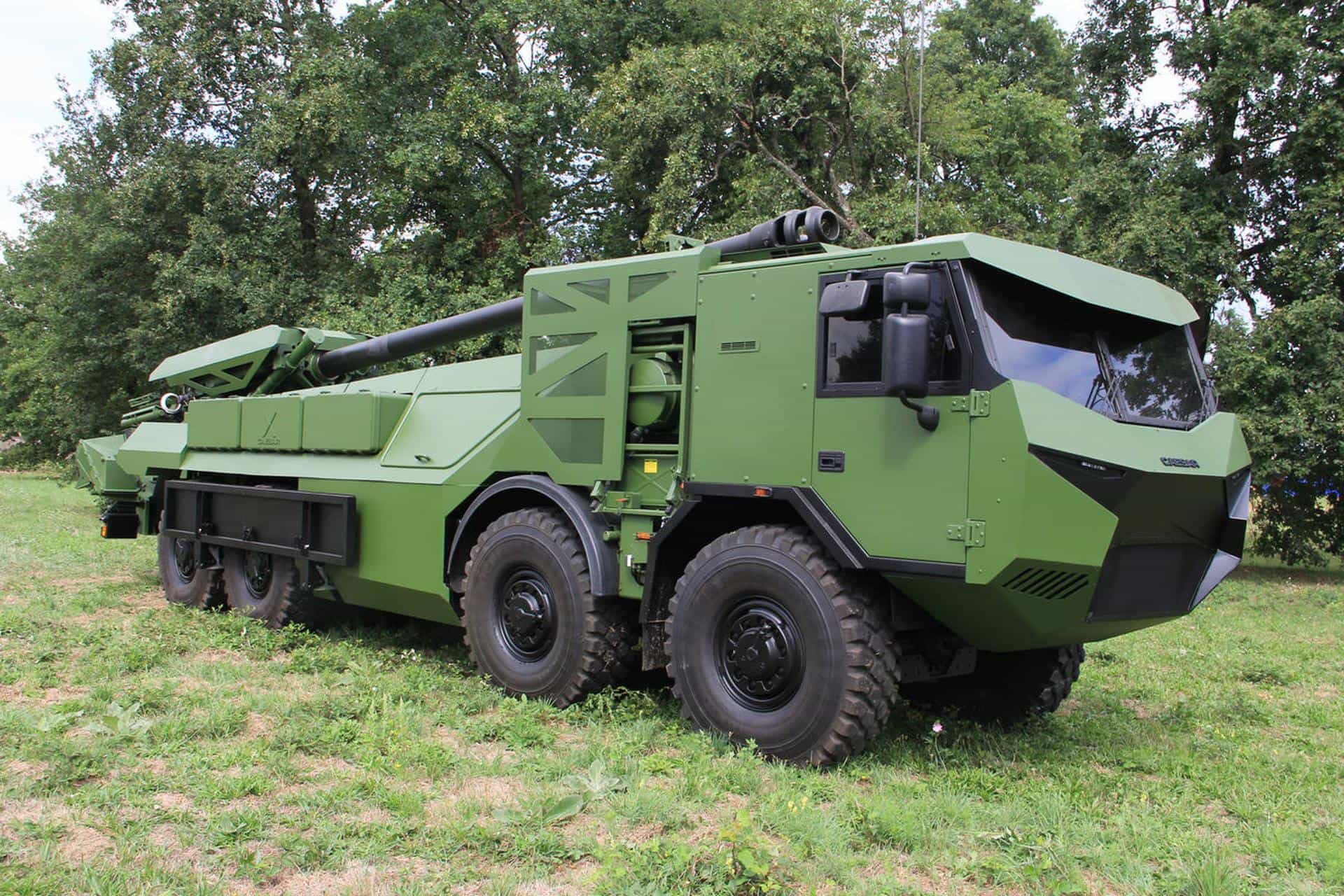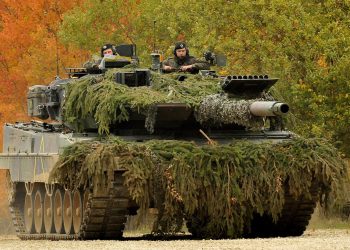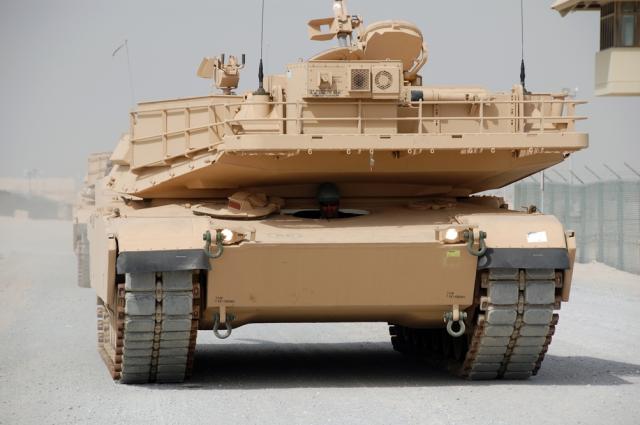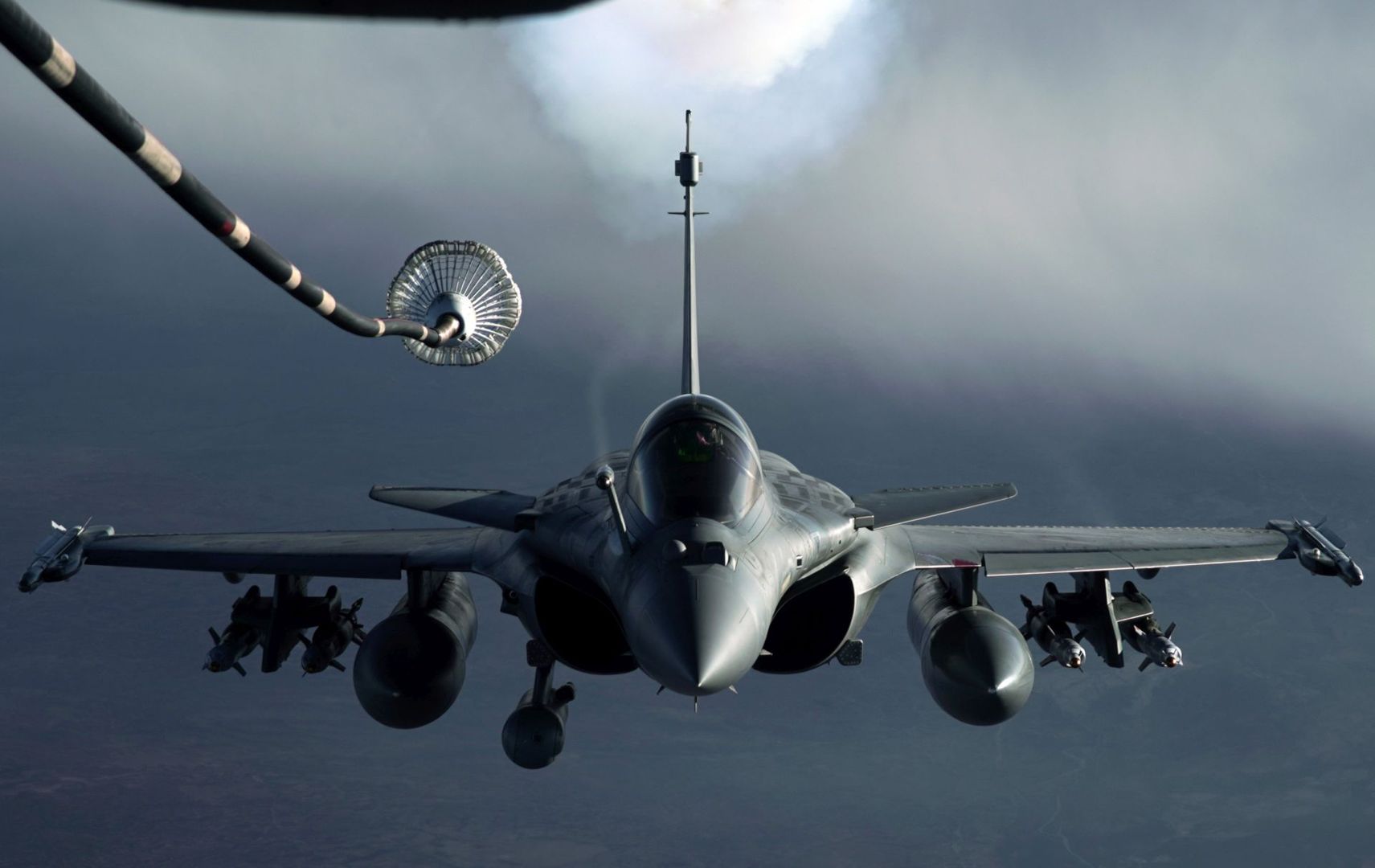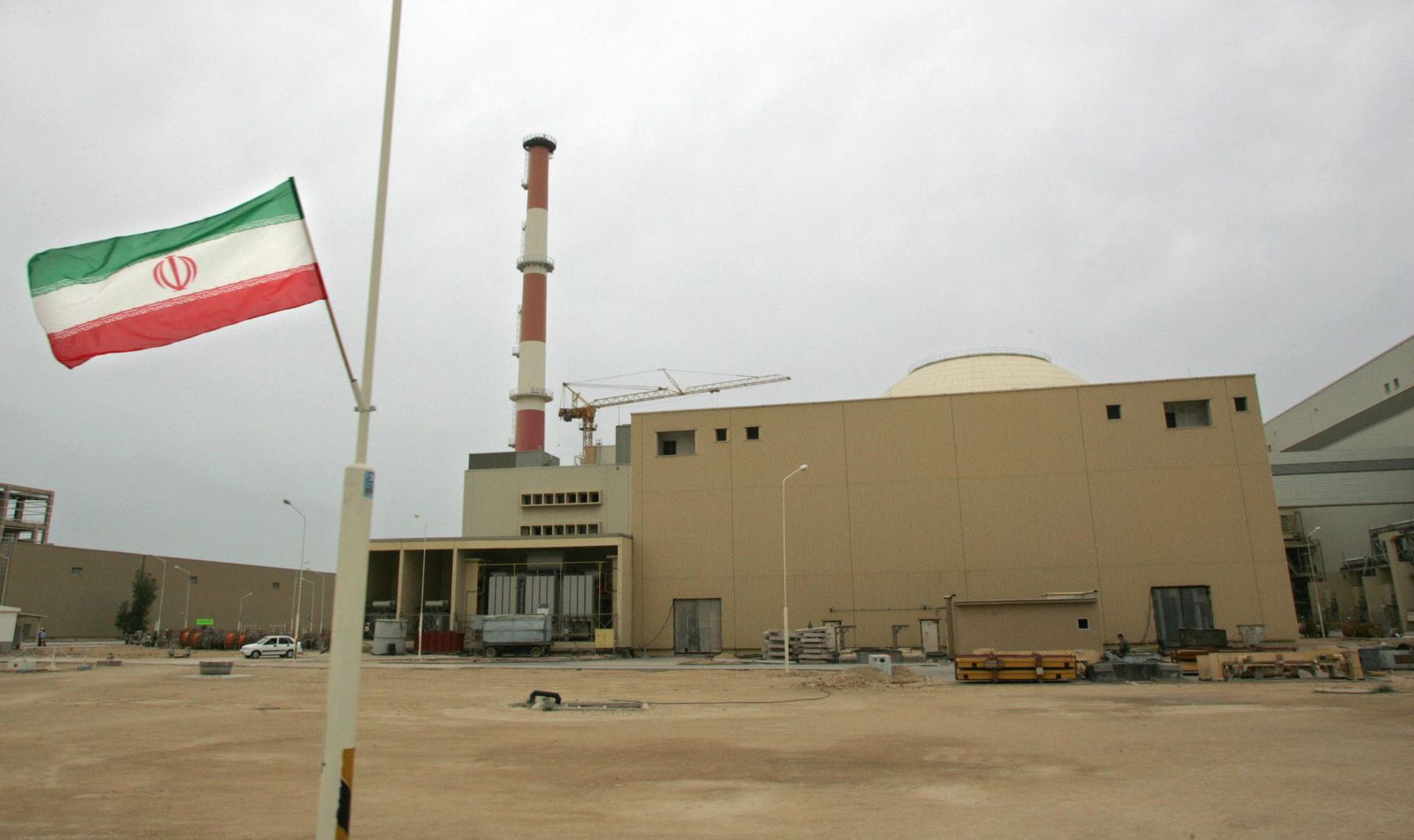Robots and unmanned systems potentially could improve enemy surveillance, reduce a soldier’s workload and save lives on the battlefield, an Army general said here this week.
Lt. Gen. Rick Lynch, commanding general of the U.S. Army Installation Management Command and assistant Army chief of staff for installation management, addressed an audience at a session of the 2011 Unmanned Systems North America conference hosted by the Association for Unmanned Vehicle Systems International.
“As I think about what’s happening on the battlefield today,” Lynch said, “I contend there are things we could do to improve the survivability of our service members. And you all know that’s true.”
His audience included some of AUVSI’s 7,000 attendees, representing the international defense enterprise; industry; commercial, civilian and first-responder developers; researchers; robotic system operators and users; and acquisition interests.
“When I look at the 153 soldiers who paid the ultimate sacrifice,” Lynch said, referring to soldiers who died under his command in Iraq, “I know that 80 percent of them were placed in a situation where we could have placed an unmanned system in the same job.”
As an Army officer and U.S. Military Academy graduate, Lynch went to graduate school at the Massachusetts Institute of Technology, earning a master’s degree in mechanical engineering with a focus on robotics. As part of his thesis at MIT, he designed a robotic manipulator that could be used to load 60-pound main gun rounds in a tank moving at 30 mph.
The Army has used increasingly capable robotic and unmanned systems for nearly 10 years. As a robotics engineer, Lynch said, he’s seen some progress in the Army’s use of such systems, but he makes a case for expanded and accelerated use.
In Iraq, in a place called Arab Jabour southeast of Baghdad, Lynch commanded 25,000 soldiers who were part of Task Force Marne. Over six months, he said, they killed or captured 6,000 insurgents.
“What I realized I was lacking on the battlefield then, and I contend it’s probably still lacking today, is the ability for a persistent stare,” the general said.
What he did have, Lynch said, were unmanned aerial systems, which he called “a magnificent capability for watching that area from the air.”
“The problem was they didn’t have sufficient loiter time, [and] … I didn’t have sufficient assets,” he added.
Today over Iraq and Afghanistan, such systems have flown more than 1.2 million combat hours. The Army has about 4,000 robots at work in the war zones on various tasks, including detecting roadside bombs, James Overholt, senior research scientist for robotics at the U.S. Army Tank Automotive Research, Development and Engineering Center in Warren, Mich., told American Forces Press Service.
But if unmanned aerial systems are going to improve surveillance, Lynch said, “we could focus on capabilities like persistent stare. I’ve seen the technology over the last 28 years — I know where we are.”
Lynch said these systems, which fly from Point A to Point B at operational speeds, could be used in modified ways to produce the same results afforded by persistent stare, Lynch said.
“That would be powerful — an additional application on the battlefield today to improve situational awareness,” he added.
The Army uses robotic ground systems that haul gear, navigate tunnels and rough terrain, monitor remote areas, capture and transmit images, search for roadside bombs, remove obstacles from roads and sometimes go where no soldier can safely go.
Such robots can be used to reduce a soldier’s workload, and even can make up for the reduction in the Army’s civilian workforce that will occur over the next year as the defense budget is cut.
As commander of the Army’s Installation Management Command, Lynch is responsible for what he calls “120,000 dedicated civilians worldwide.” Defense cuts are reducing Lynch’s by about 7,000 by the end of fiscal 2012, he said. “Could we use robotics to address some of those issues?” he asked the audience. “I contend the answer is yes.”
Not many of the Army’s robots, though, are completely autonomous. Most are remotely controlled or tele-operated, meaning real-time control of remotely located machines.
“I’m an advocate of autonomous vehicle technology. … There’s a place on the battlefield for tele-operated systems, [but] we have to continue to advocate for pursuit of autonomous vehicle technology,” he said.
In 2009, as 3rd Corps commanding general at Fort Hood, Texas, Lynch organized a Robot Rodeo. As part of the festivities, Lynch and Gen. Ann Dunwoody, commander of the U.S. Army Materiel Command, rode on a fully autonomous vehicle called TerraMax, developed by Oshkosh Defense.
“We got in the bed of a truck that [had] traveled across country in an autonomous fashion,” Lynch said. “It was she and I, and somebody sitting behind the wheel for safety reasons, but he didn’t have to touch the wheel or the brakes or the accelerator. He didn’t have to touch anything, because it was an autonomous system,” the general added.
“We all know that could happen,” he said. “What I’m concerned about is people saying, ‘We don’t need that. Tele-operated is good enough.’ But I don’t believe that’s true.”
To reduce the workload, Lynch said, “we’ve got to keep the warfighter in the loop, but he doesn’t have to be dedicated to a particular mission.”
“You can give the system a certain degree of autonomous capability so [the warfighter] can monitor and supervise multiple systems and continue his mission with a reduced workload,” he said.
Over the last 28 years, Lynch added, he has made it a point to host some kind of robotic vehicle demonstration everywhere he’s been. “And I’ve seen the evolution of technology,” he added. “I believe candidly we can accelerate the evolution of autonomous technology if people would just acknowledge that it’s important.”
Maj. Gen. Walter L. Davis, deputy director of the U.S. Army Capabilities Integration Center, part of the U.S. Army Training and Doctrine Command, joined Lynch at the conference. Today, he said, unmanned systems improve persistence, endurance and protection across all warfighting functions.
“They provide situational awareness, unmanned lethal and nonlethal fires, unattended precision target attack and acquisition, maximum standoff from threats, … and perform unmanned logistics support and services,” he said.
The capabilities that unmanned systems enable are unquestioned, the general added. “[And] at least from the Army’s perspective, this is all about our soldier, who is the center of gravity,” he said.
The soldier, Davis said, “must be the focus of everything we’re trying to accomplish, and it’s about enabling that soldier to be more effective, efficient and protected while supporting the Army’s mission.”

